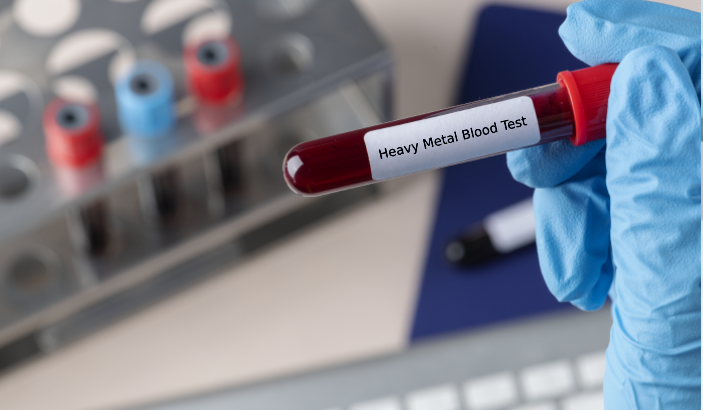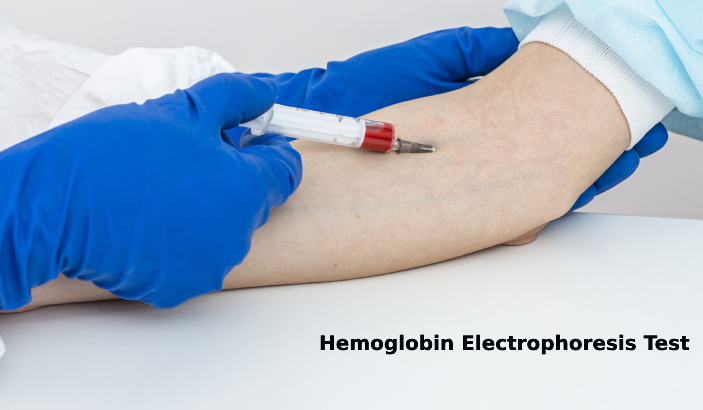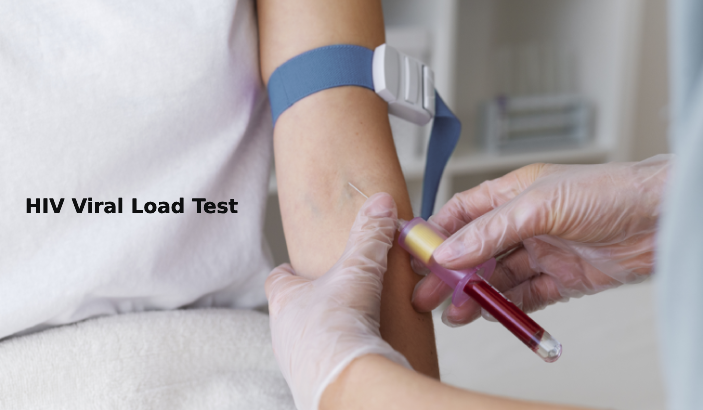The Carcinoembryonic Antigen (CEA) blood test is a diagnostic tool used to measure the level of CEA, a protein that can be elevated in certain types of cancer. This test is primarily associated with monitoring colorectal cancer but can also provide insights into other cancers and health conditions.
Purpose of the CEA Blood Test
- Monitoring Colorectal Cancer: The primary purpose of the CEA blood test is to monitor patients with colorectal cancer, assessing treatment response and detecting recurrence.
- Diagnosing Certain Cancers: Although not a definitive diagnostic tool, elevated CEA levels can indicate the presence of cancers like lung, breast, ovarian, or pancreatic cancer.
- Evaluating Treatment Efficacy: The CEA test is used to evaluate the effectiveness of cancer treatment, such as surgery, chemotherapy, or radiation therapy.
- Guiding Follow-Up Care: In patients with a history of cancer, the CEA test can guide follow-up care and surveillance for possible recurrence.
Normal Range for CEA Blood Test
- Typical Values:
- The normal range for CEA in the blood is generally between 0 and 3 nanograms per milliliter (ng/mL).
- Smokers may have slightly higher normal ranges, typically up to 5 ng/mL.
- Factors Influencing Normal Range:
- Age, gender, and specific health conditions might also influence CEA levels.
Interpreting CEA Blood Test Results
- High CEA Levels:
- Generally suggest the presence of cancer or a recurrence of previously treated cancer.
- Elevated levels may also indicate other conditions, such as inflammation or infection.
- Monitoring Cancer Treatment:
- A significant decrease in CEA levels after treatment indicates a positive response, while an increase might suggest recurrence or treatment resistance.
- Limitations of the Test:
- The CEA test is not specific to cancer, so high levels do not necessarily confirm a cancer diagnosis.
- False positives can occur due to smoking, liver disease, or gastrointestinal disorders.
- Further Testing:
- If CEA levels are elevated, further diagnostic tests like imaging studies, biopsies, or additional blood tests may be required to confirm the underlying cause.
Procedure for the CEA Blood Test
- Blood Sample Collection:
- The test involves a simple blood draw from a vein, typically in the arm. The procedure is quick and usually takes only a few minutes.
- Laboratory Analysis:
- The collected blood sample is sent to a laboratory, where the level of CEA is measured using specific immunoassay techniques.
- Duration:
- Although the blood draw is quick, it might take a few hours to a couple of days to receive results, depending on the laboratory’s workload and testing methods.
The CEA blood test is used for monitoring colorectal cancer and other types of cancer. It plays a critical role in assessing treatment response and detecting recurrence.
While elevated CEA levels can be concerning, they do not definitively indicate cancer, as other conditions can lead to high levels. It’s essential to use the CEA test in conjunction with other diagnostic tools and clinical assessments for accurate diagnosis and effective treatment planning.
I specialize in writing about health, medical conditions, and healthcare, drawing extensively from scientific research. Over the course of my career, I have published widely on topics related to health, medicine, and education. My work has appeared in leading blogs and editorial columns.








